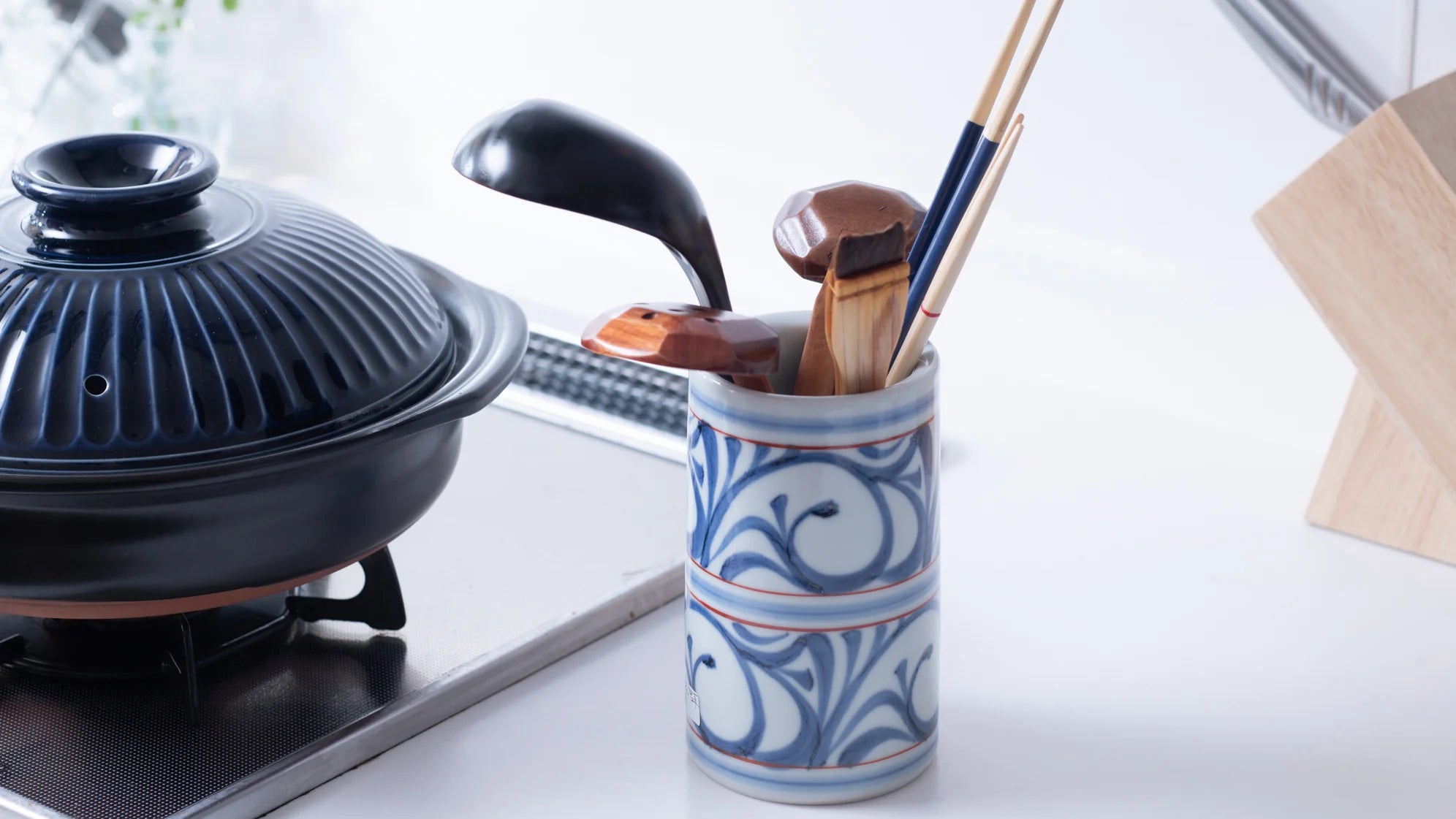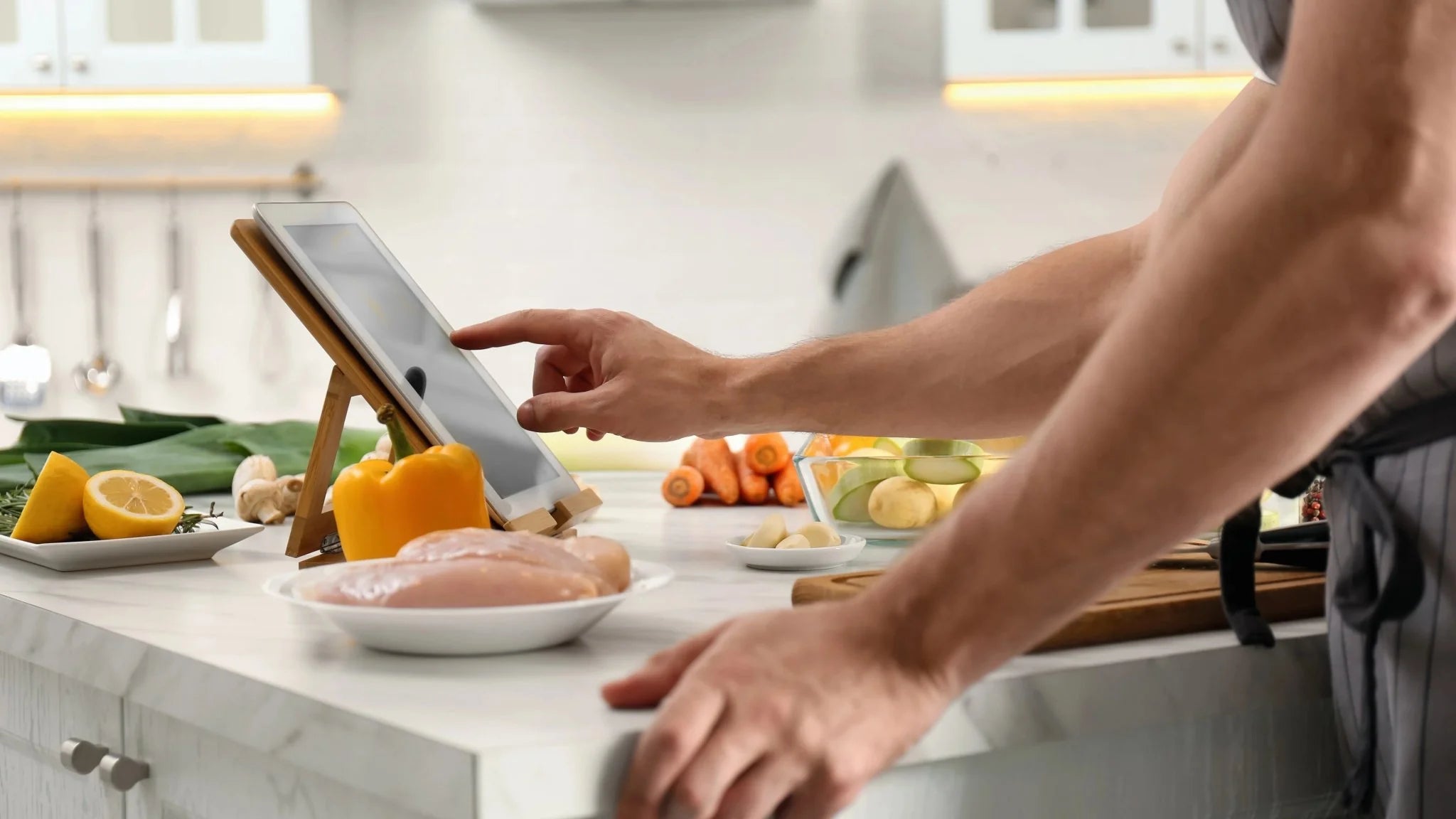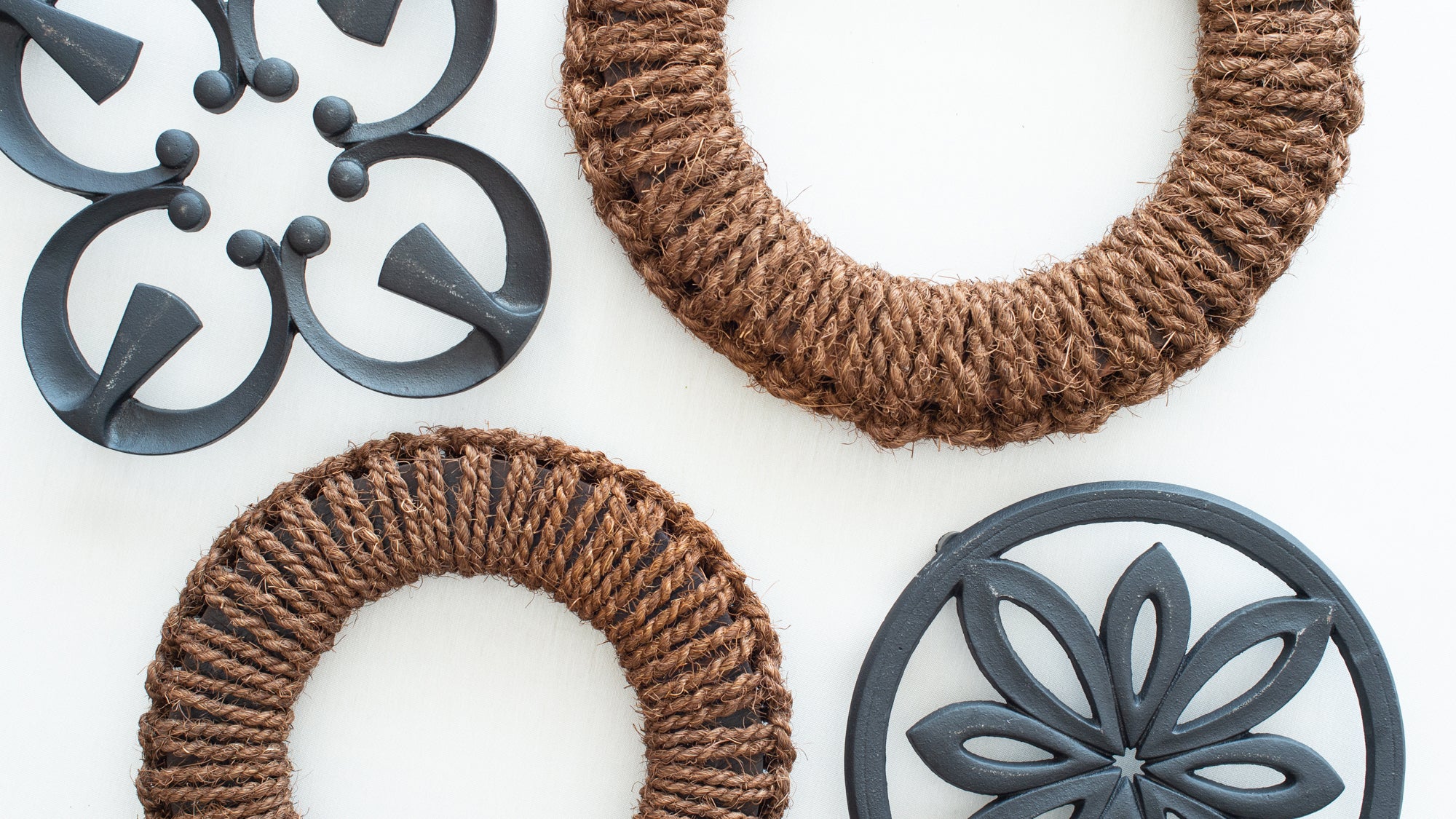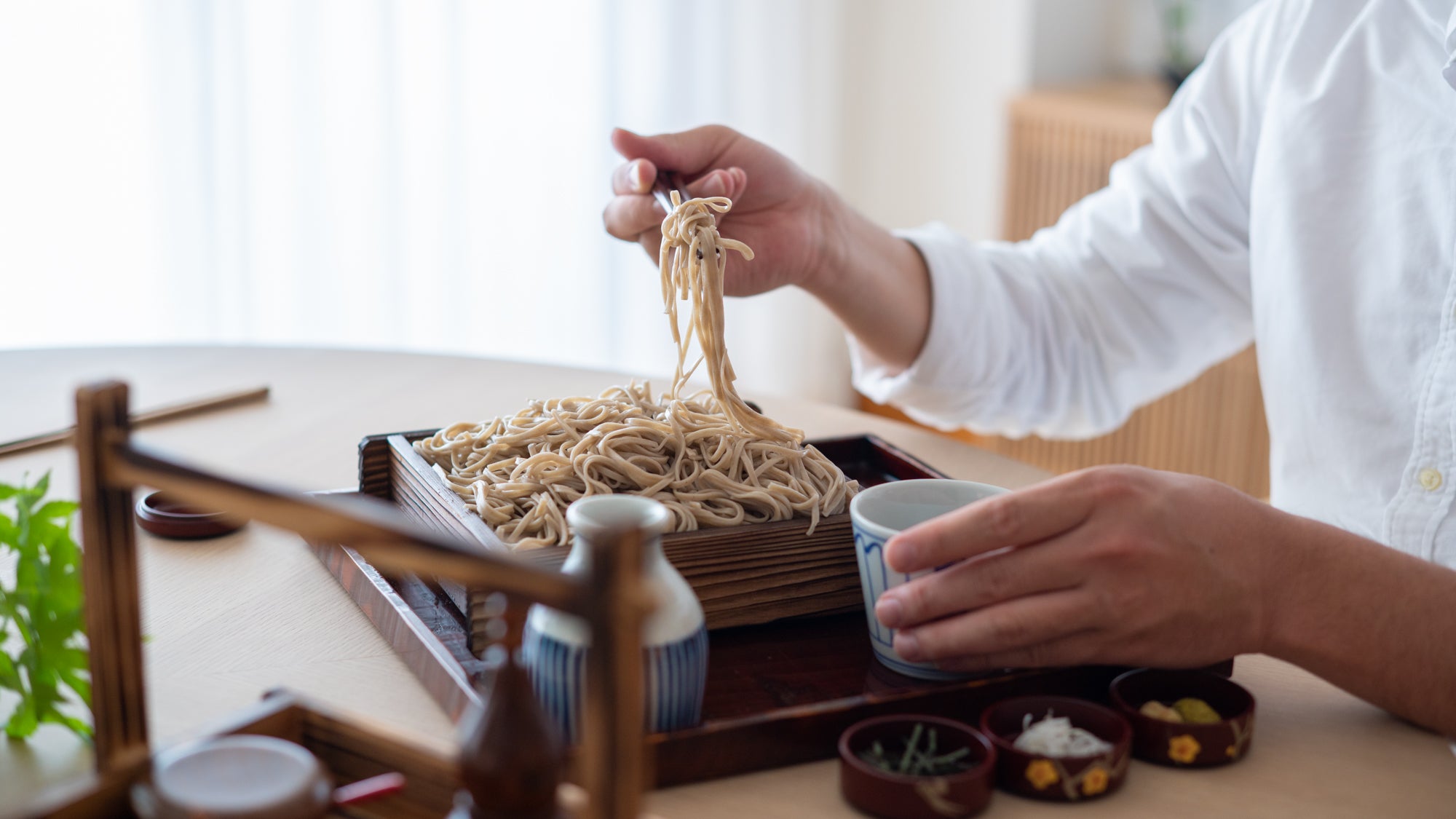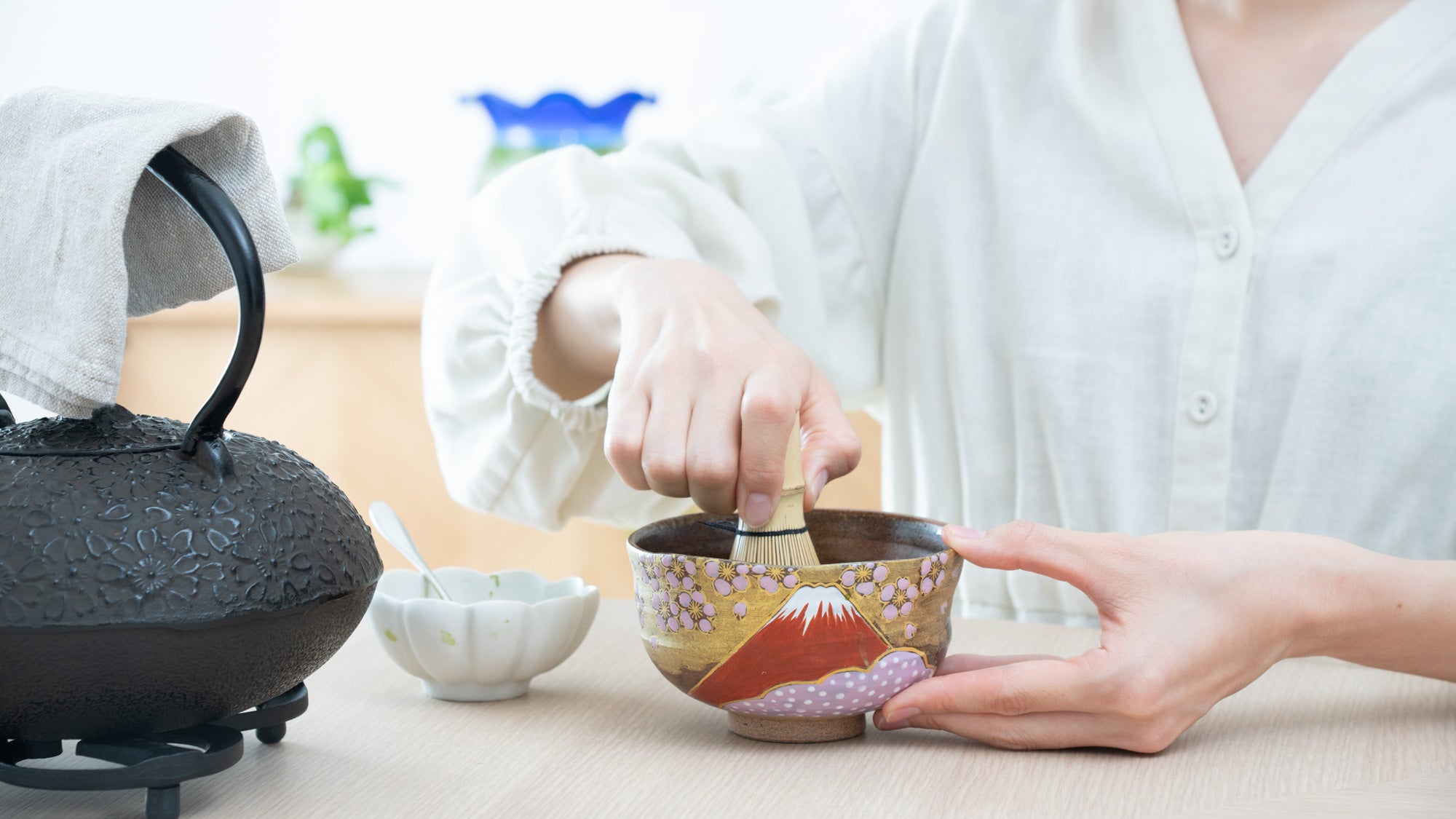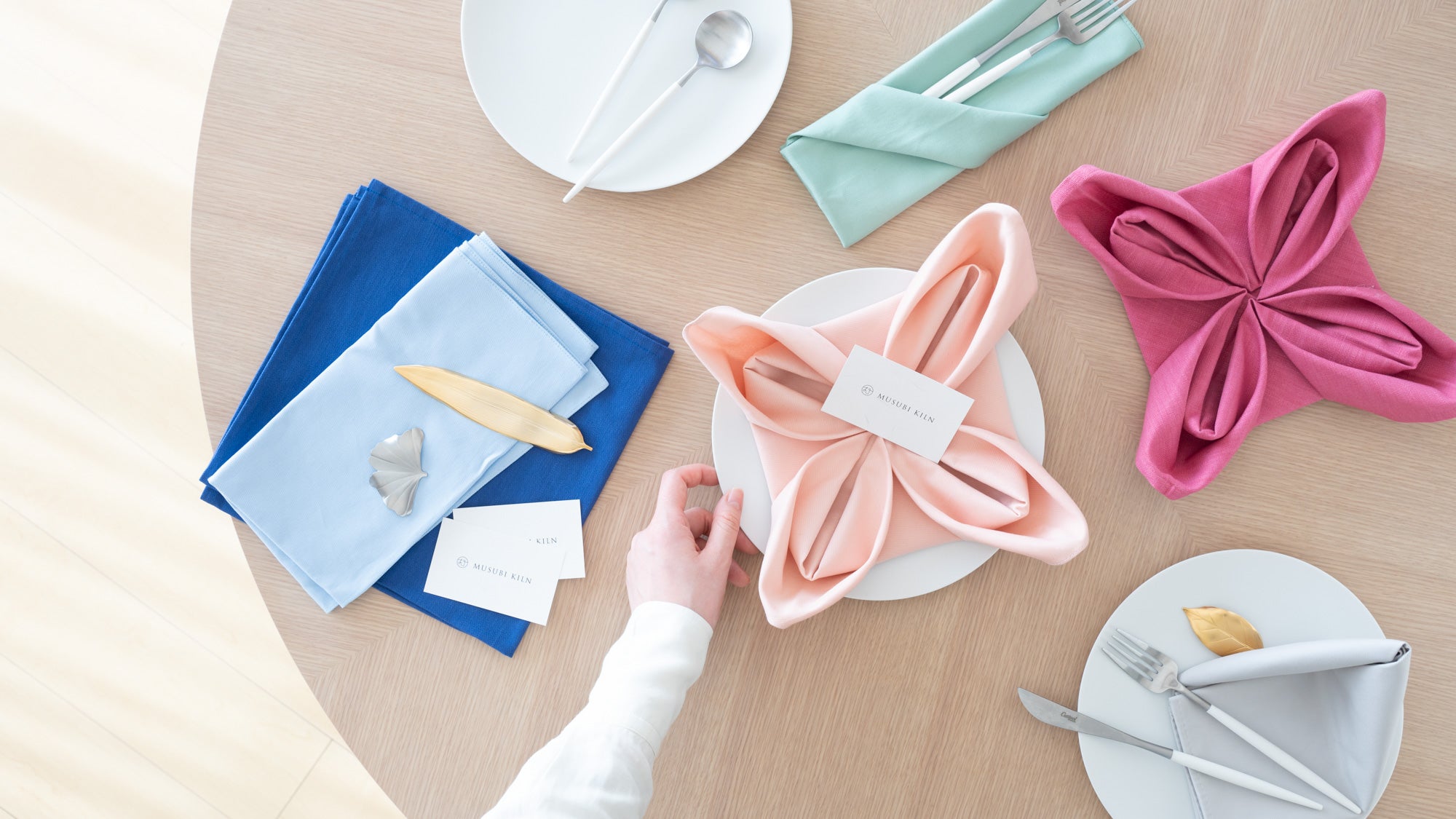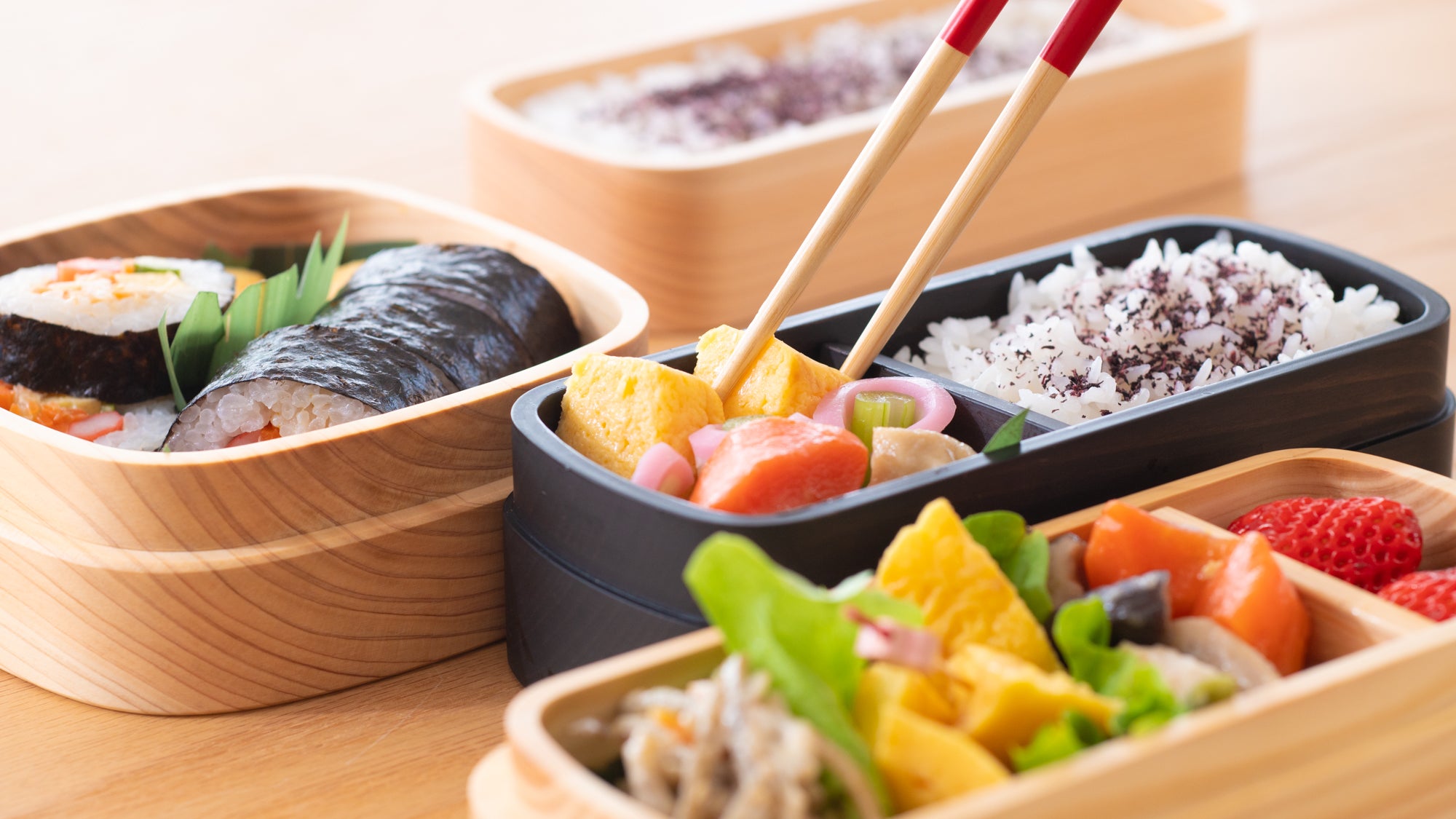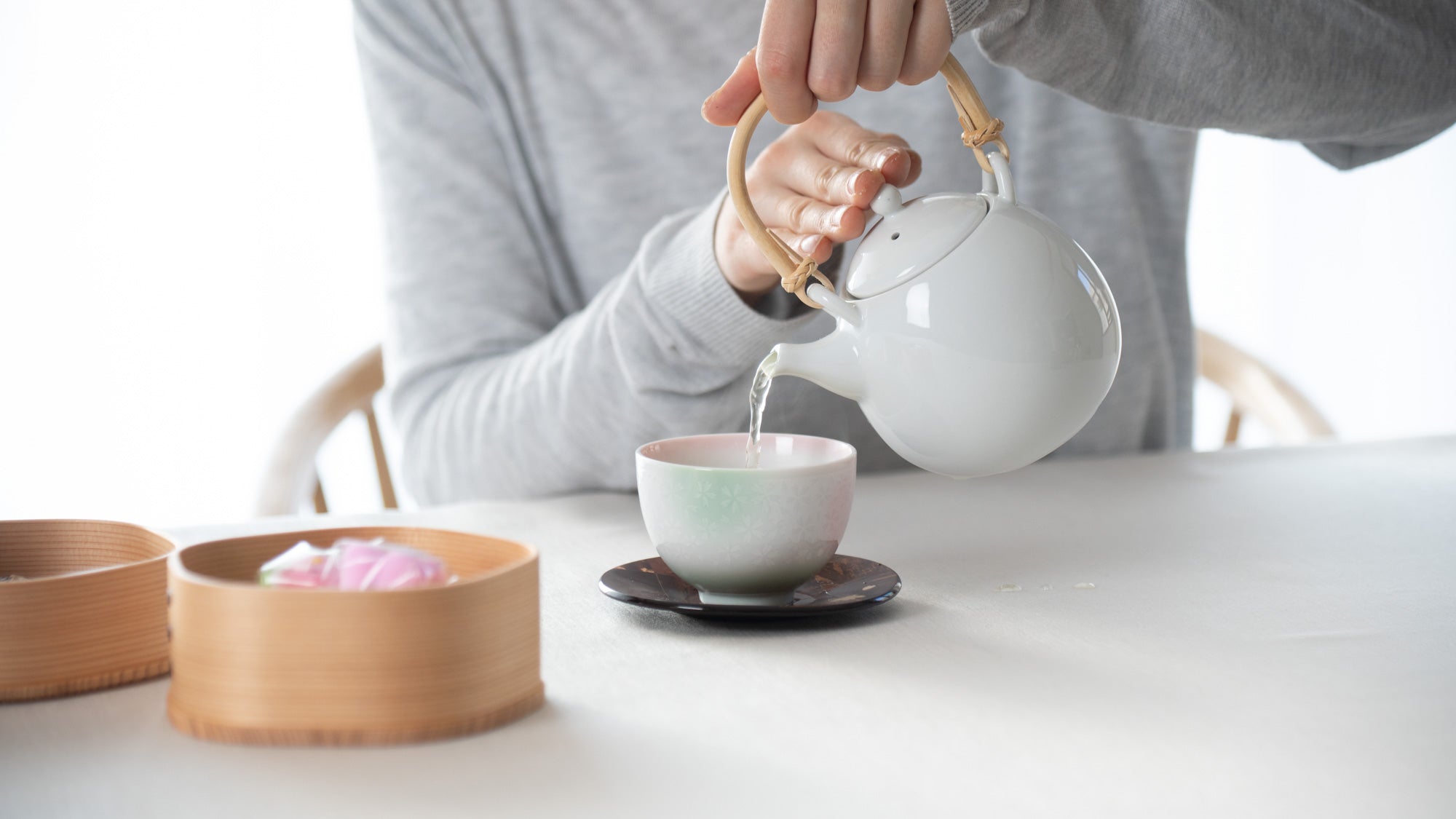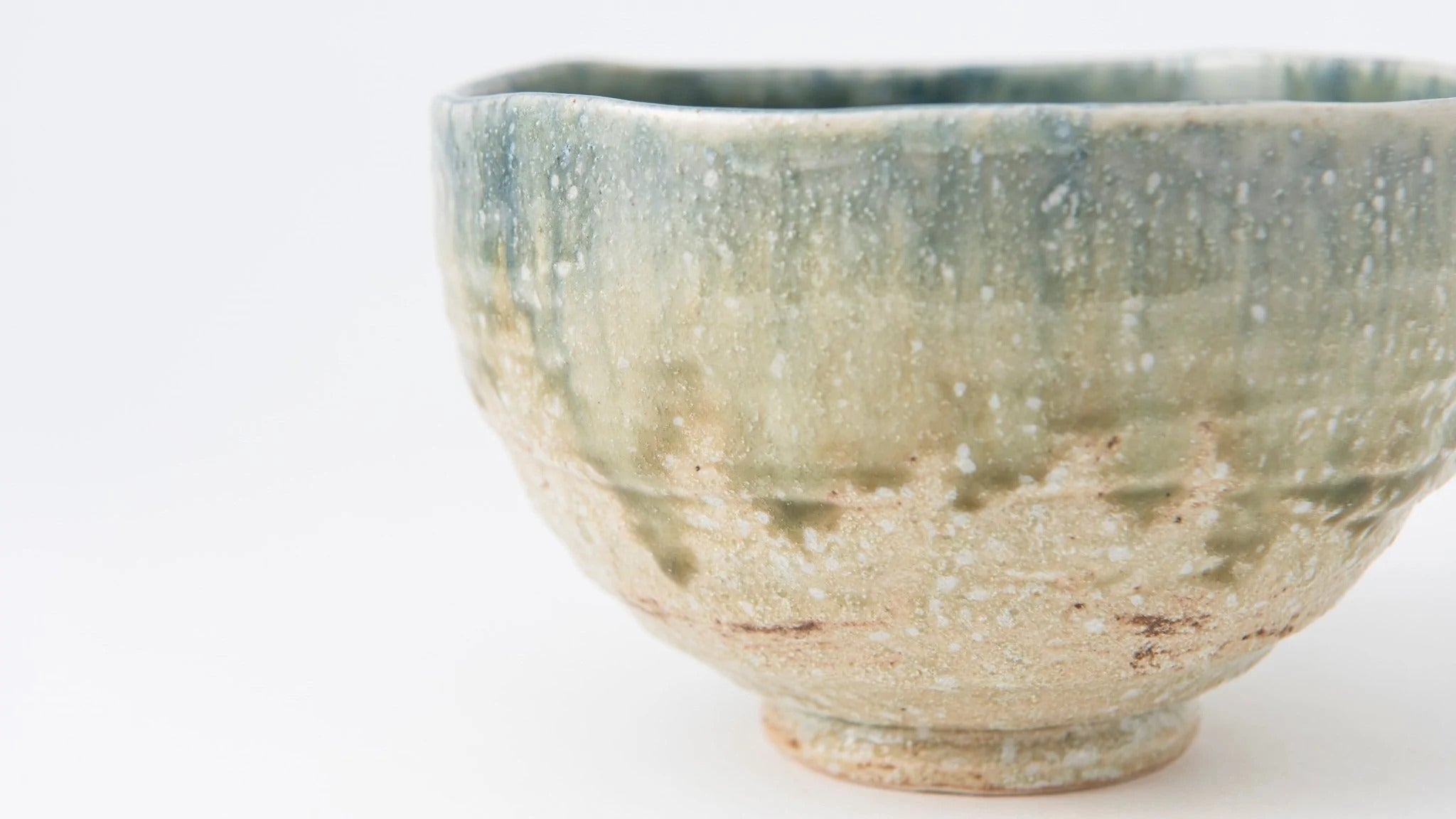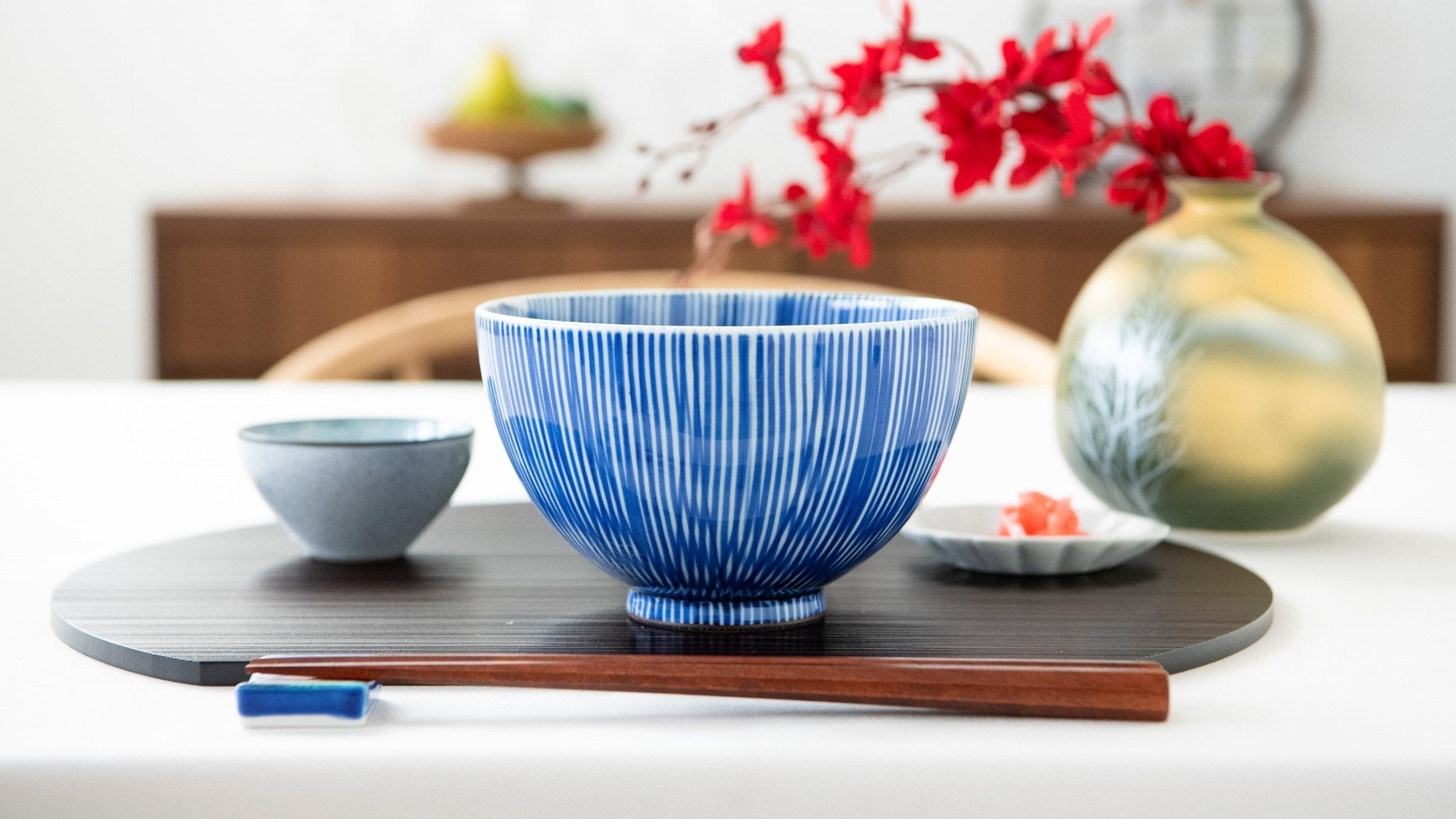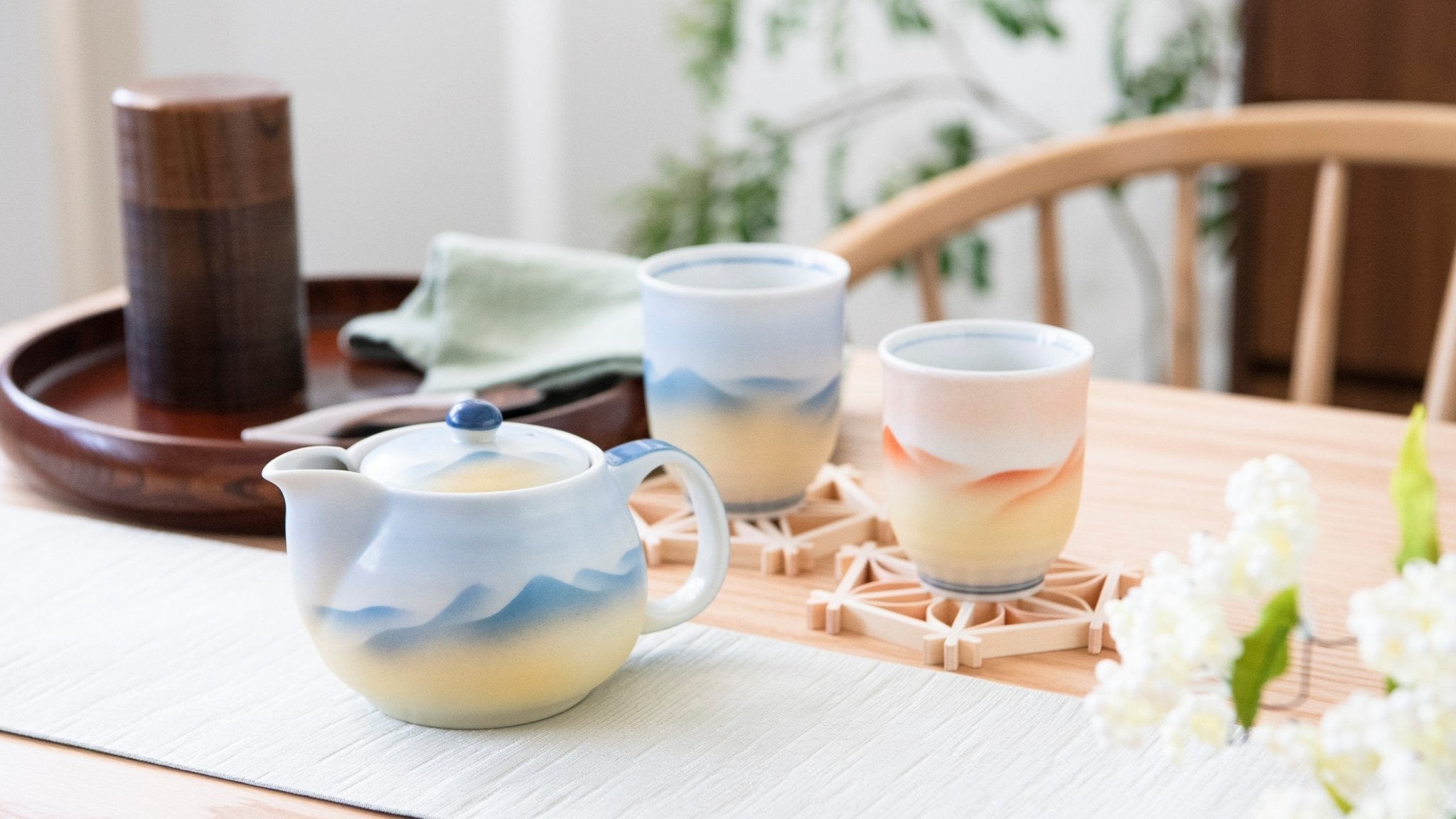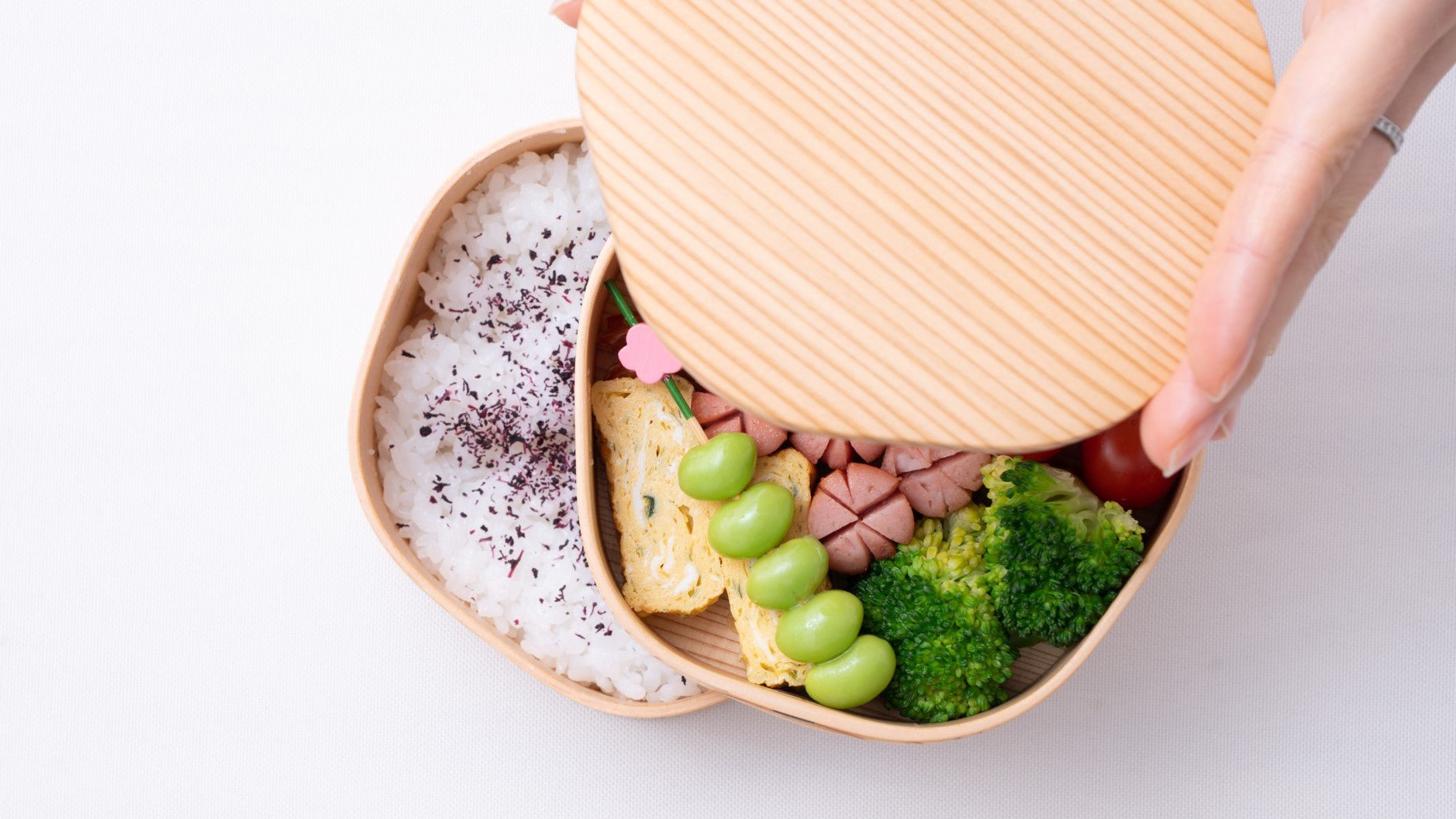27 April 2023
All You Need to Make Matcha at Home

More and more people are looking to have authentic matcha tea-making experiences at home. With a few essentials, you can enjoy a homemade delicious mug of matcha! Here we will introduce matcha-making essentials along with recommended items from our MUSUBI KILN site to help you get started!
Contents
- What You'll Need
- Matcha Making
- Sip and Enjoy!
What You'll Need
For an authentic matcha experience, it's a good idea to purchase some matcha utensils beforehand. Below is a list of the basics used during traditional tea ceremonies and items available on our website for making matcha at home.

Chawan (matcha bowl): A chawan is a wide, shallow bowl made of stoneware or porcelain. It is used for whisking and drinking matcha. The chawan's shape allows for easy whisking and creates a nice frothy texture. We recommend beginners start with a bowl with a wide base, like the Golden Moon and Rabbit Kutani Matcha Bowl Chawan, to make this process easier.
Chasen (bamboo whisk): A chasen is a traditional bamboo whisk used to whisk the matcha powder and hot water together. It has thin, delicate tines that help to create a frothy and creamy texture.
Chashaku (tea scoop): A chashaku is a small wooden scoop used to measure the right amount of matcha powder. It is traditionally made from a single piece of bamboo and has a curved shape that fits easily into the chawan. The Yatsuyanagi Lacquered Akita Cherry Bark Work Chashaku Tea Scoop is an elegant choice, as its reddish-brown coloring compliments a variety of chawan
Furui (sifter): A furui is a small sieve used to sift the matcha powder before whisking. This helps to remove any lumps or clumps and ensures a smooth texture.
These are the basic tools you need to prepare and enjoy matcha in the traditional Japanese way.
We also highly recommend the items below for those who want to further authenticize their experience.
Kama (kettle): A kama is a traditional Japanese kettle used to heat water for tea during a traditional tea ceremony. It is usually made of cast iron or copper and has a small handle. To casually enjoy matcha at home, we recommend the Arare Nambu Ironware Cast Iron Kettle. Water boiled in iron cast kettles is mellow, adding delicate notes to your tea.
Natsume (matcha container): A natsume is a beautifully-designed, traditional Japanese container used to store sifted matcha powder before whisking it in the chawan. The Bamboo Grass and Paulownia Yamanaka Lacquerware Natsume Matcha Container is an elegantly-lacquered vessel and an eye-catching decorative item.
While they are not strictly necessary, having a cast iron kettle and natsume is sure to add to the matcha fun!
Matcha Making
When it comes to matcha tea, of course, the most important ingredient is the matcha powder itself. Look for high-quality, ceremonial-grade matcha powder that is bright green and finely ground. A cozy matcha brew includes one teaspoon of matcha powder and about 60ml (20z) of hot water.

First, you'll want to sift the matcha powder into the matcha bowl using a furui. This helps to remove any lumps and create a smooth texture.

Then, take the chashaku and add one teaspoon of matcha powder to add to the bowl.

Next, add hot water into the chawan. The water should be slightly cooler than boiling, around 160-175°F (70-80°C).

Now, you can use the chasen to whisk the matcha powder and hot water together in a zigzag motion until the mixture becomes frothy and creamy. This should take about 20 to 30 seconds.
You can adjust the amount of matcha powder and hot water based on your preference. If you prefer a stronger flavor, you can add more matcha powder or use less water. If you prefer a weaker flavor, you can add less matcha powder or use more water. Experiment with different ratios and methods to find the perfect matcha recipe for you!
Sip and Enjoy!

Take a moment to appreciate the vibrant green color and rich aroma of the matcha. The color and aroma enable you to enjoy the quality and freshness of the matcha. It's also recommended to hold the chawan with both hands and appreciate its design and texture. The chawan is an important part of the matcha experience and can affect the taste and texture of the matcha.
The way to drink matcha is quite simple. The first sip should be small so that you can fully experience how it tastes and lingers in your mouth. The flavor and texture of the matcha should be smooth, creamy, and slightly bitter.
After the initial sip, continue to enjoy the matcha, savoring and appreciating the flavors and textures. Finish the last drops of matcha with an audible sip. Matcha is meant to be sipped slowly and enjoyed mindfully, so take your time and enjoy the moment.
Although it's nice to enjoy matcha at trendy cafes or during traditional Japanese tea ceremonies, the option to customize and create your own matcha experience at home is very appealing. We hope you will give at-home matcha a try and add to the fun by using your favorite chawan and matcha utensils!



